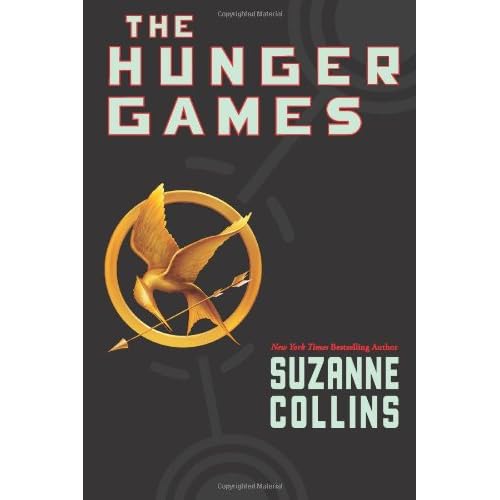WARNING: Spoilers for Delirium ahead.
Pandemonium is the second book in Lauren Oliver’s Delirium Trilogy. In the first book, Delirium, Lena lives in a future dystopian United States, where love has been designated a disease, and everyone is cured on their 18th birthday. Lena was eagerly anticipating her “cure” and her orderly, predictable life to follow, free from the “Deliria” that leads to mood swings, irrational behavior, violence, and death. That is, until she meets Alex, an “Invalid” from The Wilds – a boy who has never been cured and doesn’t believe that love is something that needs a cure. Alex teaches Lena about love, and they plan to escape Portland to live in The Wilds together. But in the end, Alex sacrifices himself to allow Lena to escape.
Pandemonium’s narrative alternates between two separate time lines. The first picks up right where Delirium ends. It follows Lena in the days, weeks, and months after she has escaped Portland, losing Alex in the process. Predictably, she meets up with other Invalids living in The Wilds, and slowly assimilates to life with them. Away from the familiar comforts of the city. Away from fear of the Deliria. Away from Alex.
The second takes place several months later. Lena is now an active part of the resistance, and is living undercover in New York City. Her cover is that she is part of a new political movement – the DFA or “Deliria-Free America.” The movement’s mission is for the cure to be administered to everyone in America before their 18th birthday. Lena’s mission is to keep an eye on the DFA, especially its leaders: Thomas Fineman and his son, Julian.
[Spoilers Ahead]
But everything turns to chaos when Scavengers – a violent extremist group of uncureds – attack a DFA rally, and Lena and Julian are kidnapped and held hostage together. Their captivity forces them to question their preconceived notions about each other and about who their enemies really are.
Pandemonium was an enjoyable, exciting, fast-paced book. I did find it a bit predictable – I wasn’t nearly as surprised as Lena at the twists and turns of the plot – but that didn’t lessen my enjoyment of it at all. And as much as I loved Alex in Delirium and I wasn’t sure initially if I would be able to accept if Lena moved on, I found that I loved Julian just as much as Alex. I appreciated how the evolution of Lena and Julian’s relationship mirrored that of Lena and Alex – but with Lena’s role reversed.
Ultimately, I thought Pandemonium was a great set-up for the third book in the trilogy. I anticipate the conclusion to the Delirium Trilogy will contain lots of action, a likely love triangle (which is overdone in YA books, but in a world where the entire plot focuses around the benefits and drawbacks of falling in love, it probably can’t be avoided), and Lena’s deeper involvement with the resistance. It answered some questions set up in Delirium while asking several more. And it introduced us to some great new characters.
My frustrations with the book were minor. I missed the characters from Delirium (but I suspect some of them will pop up in the 3rd book). I couldn’t understand how just a couple days lost in the woods resulted in Lena needing weeks to recuperate, considering how physically fit she was at the end of Delirium. And several of Lena’s great plans just seemed far too simple (especially in the couple parts where she has to deal with key codes).
But overall, none of that was enough to take away from my enjoyment of the book. The storytelling was excellent, and I found myself completely immersed in the characters and world that Ms. Oliver created. I’m intrigued and excited to see how she wraps up Lena’s story in book 3.
Content guide: Contains scenes of violence and peril.







